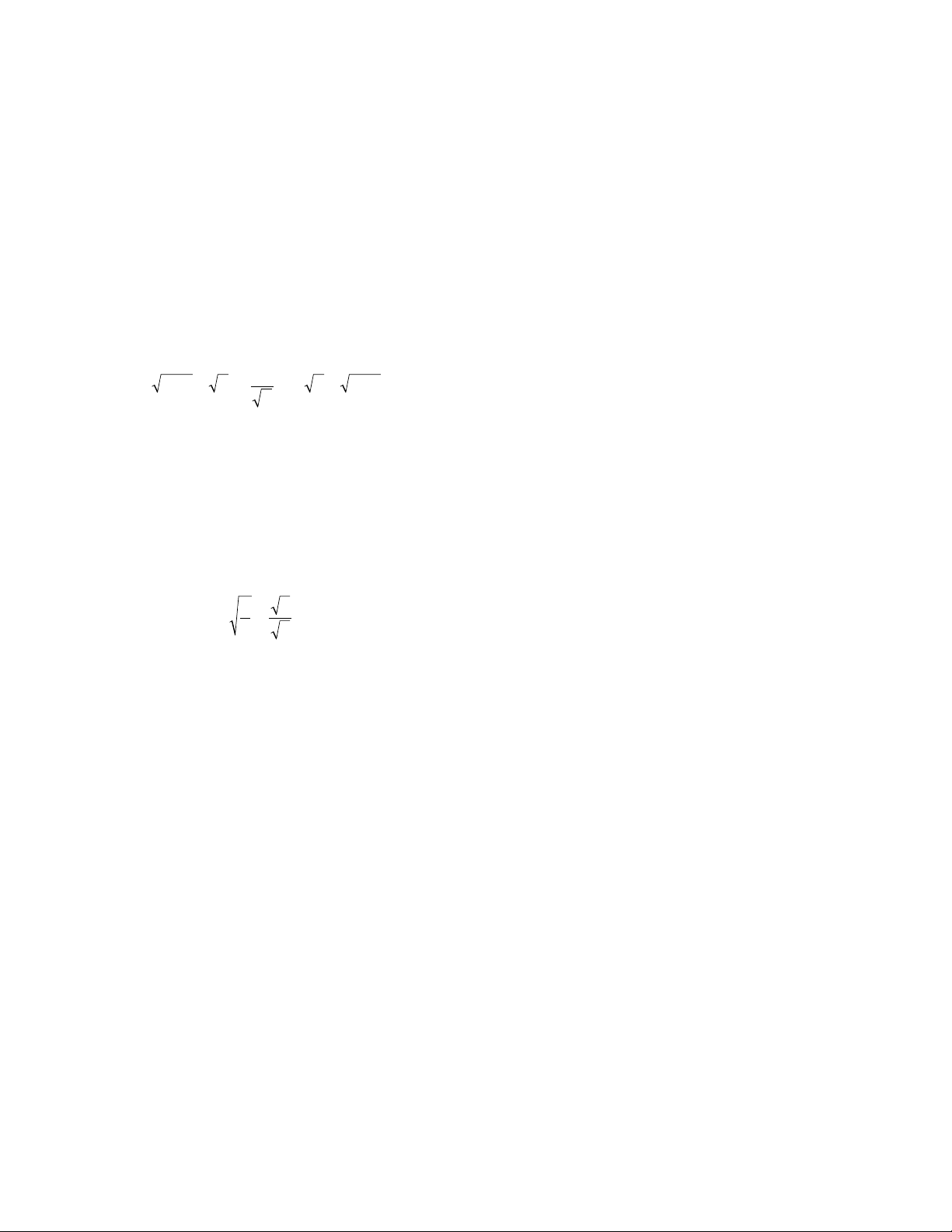
476 squaring the circle
that the numbers from √
–
2 through to √
–
17 (skipping √
–
4
= 2, √
–
9 = 3, and √
–
16 = 4) are each irrational. More
generally, one can use the
FUNDAMENTAL THEOREM OF
ARITHMETIC
to show that the square root of a positive
integer ais a
RATIONAL NUMBER
if, and only if, ais a
perfect square (that is, a= b2for some whole number b.)
H
ERON
’
S METHOD
provides a method for computing
the square root of any positive real to any prescribed
degree of accuracy.
The square-root inequality states that for any posi-
tive whole number nwe have:
An exercise in algebra establishes the validity of this
statement.
Although the statements:
√
–
ab = √
–
a√
–
b
and
are valid for all numbers aand b(with b≠0 in the sec-
ond equation), the equation √
–
a+b= √
–
a+ √
–
b, in gen-
eral, is not correct. (Substitute in the values a= 9 and
b= 16, for instance.)
See also
CUBE ROOT
/
NTH ROOT
;
IDENTITY MATRIX
;
SOLUTION BY RADICALS
;
SURD
.
squaring the circle (circle squaring, the quadrature of
the circle) One of the problems of antiquity (like
DUPLICATING THE CUBE
and
TRISECTING AN ANGLE
) of
considerable interest to the classical Greek scholars is
the task of constructing a square of the same area as a
given circle in the plane. The only tools permitted in
the construction are a compass and a straightedge (that
is, a ruler with no markings).
The problem has its origins back in the beginnings
of mathematics. Ancient Egyptian scholars of 1650
B
.
C
.
E
. describe in the R
HIND PAPYRUS
a construction of a
square of area nearly equal to that of a circle. (The con-
struction is “exact” if one works with the approximate
value 256/81 ≈3.1605 for π.) Scholar H
IPPOCRATES OF
C
HIOS
(ca. 440
B
.
C
.
E
.) was interested in the problem
and developed several methods for “squaring” a
LUNE
,
a shape made from arcs of circles, but did not succeed
in squaring the circle itself. A
RCHIMEDES OF
S
YRACUSE
(ca. 287–212
B
.
C
.
E
.) used his curve the
SPIRAL OF
A
RCHIMEDES
to square the circle, providing a solution
to the problem using tools more advanced than straight-
edge and compass alone. A
POLLONIUS OF
P
ERGA
(ca.
262–190
B
.
C
.
E
.) also solved the problem with the intro-
duction of special curves and advanced techniques. The
problem of constructing a square of the desired area
using just a straightedge and compass alone, however,
remained unsolved.
The problem garnered considerable notoriety over
the centuries that followed. Indian, Chinese, and Arab
scholars also attempted to solve the challenge, and suc-
ceeded in finding solutions to the problem if one used
various approximate values for π. The problem was stud-
ied by European scholars of the Renaissance, and it
became a popular problem of study for amateur mathe-
maticians during the 18th and 19th centuries. Novices
working on the challenge became known as “circle
squarers” and often sought fame by submitting supposed
solutions to the problem to the prestigious R
OYAL
S
OCI
-
ETY
of London. In the late 1700s, tired of being inun-
dated with large numbers of tedious and incorrect theses
on the subject, the society banned all consideration of
alleged “proofs” of squaring the circle. The French
Academy of Science followed suit soon afterward.
If we assume that the radius of the given circle is r,
then one is asked to produce a square of side-length a
so that a2= πr2. This essentially reduces the problem
to one of constructing a length √
–
πunits long using a
straightedge and a compass.
The theory of
CONSTRUCTIBLE
numbers shows that
any quantity of rational length can be constructed, and
that if two lengths l1and l2can be produced, then so
too can their sum, difference, product, and quotient,
along with the square root of each quantity. If one uses
a rational value as an approximation for π, it is not sur-
prising then that one can produce solutions to the prob-
lem using this approximate value. Moreover, if πitself is
a rational number, then one would expect it possible to
solve the problem. As no solution had ever been found,
scholars began to suspect that πis irrational.
In the mid-1600s Scottish mathematician J
AMES
G
REGORY
(1638–75), in his studies of infinite series,
a
b
a
b
=
21 121nn
nnn+−
()
<< −−
()